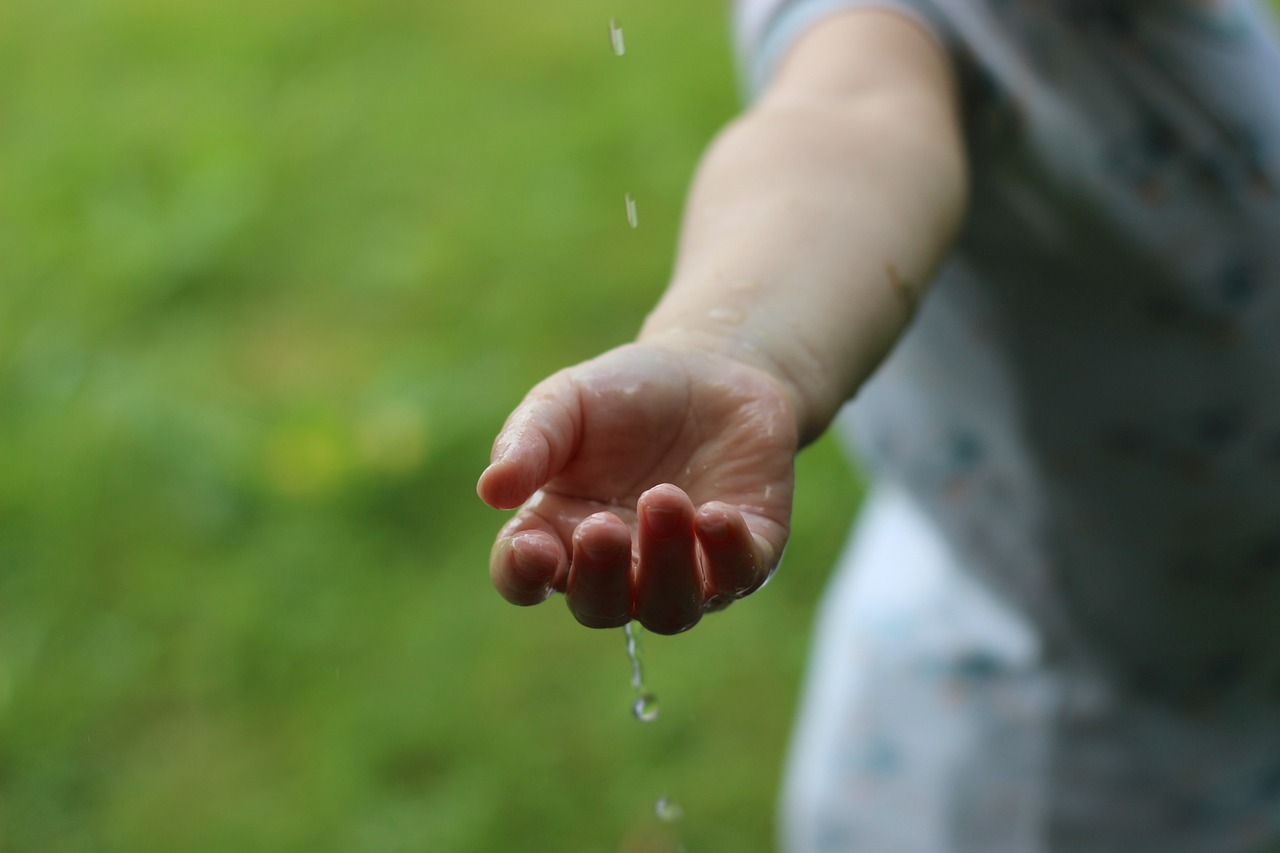Nevertheless, asserting that a company is actively reducing the emissions of its operations, carries profound implications for brands, from financial to legal ramifications, particularly in the era of heightened traceability. Many of the largest companies in the world have been already called out for making misleading green claims, strategically ‘greenwashing’ their brand. Let’s take a closer look at greenwashing and how efforts to make a brand’s carbon footprint smaller is a smarter decision.
What is Greenwashing?
Greenwashing is creating the illusion that your brand is sustainable when in reality...it’s not. It can be an enticing marketing strategy but easily becomes a dangerous trap. Greenwashing can be done using several methods and can be simple to spot. According to The Sustainable Agency, companies can use “vague green-sounding language, make irrelevant claims, use misleading numbers and percentages, rebrand to include natural packaging, and even make the product package green”. The illusion of sustainability can increase sales when that is what your target audience wants but you will have a lot to answer for if your claims are not one hundred percent true, and several companies have paid a price for doing so.
In 2021, H&M got in trouble for greenwashing, more specifically, the brand was accused of exaggerating its sustainable fast fashion claims. Most of the fashion industry has been fighting with environmentalists and animal rights organizations for the impact its products have on nature and animals. Furthermore, fast fashion is known for having a large environmental impact. In 2021, a report from the Changing Markets Foundation found that 96% of H&M’s claims were not factual, after that, the customers who were looking for sustainable clothing might be making their purchases somewhere else other than the famous fast fashion brand.

Quorn Foods was in a similar predicament in 2020 as it advertised its new product as sustainable. Claiming that the Thai Wonder Grains Lunch Pot would help the company reduce its carbon footprint. The company received many complaints and eventually, the ad was taken off the air. Moreover, the claims from the brand were misleading because since the product was new, it was not possible to quantify how much the product would reduce the company’s carbon footprint.
These companies are just a few examples of how greenwashing is not a great strategy for any business, especially now that traceability has improved, often unveiling more easily companies' attempts to greenwash their products. Traceability is the ‘Achilles heel’ of greenwashing and much of that is due to the attention that the food industry has put on the products they have been selling to their customers.
AgTech for Traceability
Now let’s turn our attention to traceability in agriculture. Traceability is a term related to the ways in which produce is tracked all the way from the farm until it reaches the consumer. Traceability allows many stakeholders, including consumers, to see the information on what they are eating and selling and make sure it meets their requirements, be it legal or sustainable. Thus, because of traceability brands have to think twice before making any untrue claims.
Technology has helped immensely to propel the impact of traceability. Many digital applications have been created to make the entire process easier for those involved. However, an increase in available data sets has added a multitude of information to an already complex food supply chain. As a result, data collection and sharing have become often fragmented, making the process cumbersome and discouraging, which means, this is a problem.
How can Global FieldID help?
Global FieldID tackles this exact challenge of data fragmentation in the agricultural industry by addressing the lack of common standards for indexing the data produced on farms every day. Our product ingests and validates field boundaries, the Global FieldID platform assigns a unique alphanumeric code to each field, enabling field identification of agricultural land plots, globally. This can be a useful service for retailers, input manufacturers, farmers, and food companies offering a range of benefits from bringing together multiple data sources and improving interactions with customers and suppliers, all the way to strengthening traceability across the food value chain and document real impact from net-zero programs. The agtech industry is evolving and Global FieldID is bringing that change.
What is SoilHive?
Discover more about our other service SoilHive and how it can revolutionize collaboration in the Food & Ag industry and enhance soil data accessibility. Explore more at:




